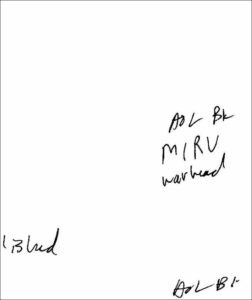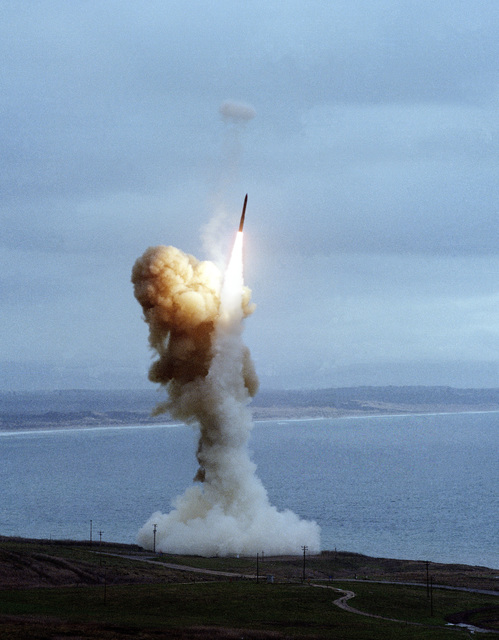
It seems like almost every other day or so I hear complaints that “no one is putting examples of real remote viewing sessions up on the Internet for all to see.” I don’t take this too seriously, because there are lots of examples available on the Internet, including a few examples I’ve posted myself (which you can see here). Many of the folks making these complaints just haven’t gotten around to looking—they want to be spoon-fed rather than do the hunting around it sometimes requires. Others are really saying “I’ve seen all the examples I can find. Now I want to see more!” For them, seeing new sessions is a sort of entertainment: “Dish up some popcorn, and give me some instant gratification!”
There are people, though, that I feel sympathy for. These are folks who are uncertain of whether remote viewing is real. Seeing successful remote viewing sessions helps give them some reassurance that there really is something to this phenomenon. It’s not absolute proof, but it adds to their stock of evidence and, hence, confidence.
And there is one other set of people that deserve support. These are folks who are trying to defend remote viewing against family or friends who don’t believe in it. Having evidence to show won’t convince the doubters. But it does have the value of making the doubters experience some doubt of their own. And that can be helpful.
So for those reasons, I’ve decided to present occasionally one or another set of good remote viewing results that I come across or remember from my extensive archives. Yes, yes, I know—the lazy ones and the ones who just want to be entertained will get some gratification from this. And that’s okay, so long as it also helps those who really need these kind of resources.
The first of these session results I’m re-purposing from elsewhere on one of my sites. It hasn’t been widely seen before, and I’ve edited it somewhat from how it’s posted elsewhere.
—-
Starting in March of 1986, a remote viewer in what was then called the Sun Streak Program (now, of course, called by the overall name of “Star Gate Program”) was tasked to perform an operational remote viewing. The target was the warhead of a Soviet intercontinental ballistic missile. As required by protocol, the viewer was fully blind to the target and goals of the remote viewing mission. (In other words, the viewer was told absolutely nothing about the target—not that it was warhead, not that it was Soviet, not even that it had to do with an object, military or otherwise. I can certify this, since I (Paul) was the viewer.) The only cuing information the viewer received was the arbitrary number 184901 317289. There were four remote viewing sessions done against this target.
All the information produced by the viewer was either neutral or consistent with what the intended target was. In the interest of space I have selected the key results to display here.
The warhead, it turned out, was what is known as a “MIRV”—short for “multiple independently targetable reentry vehicle.” In other words, it was a missile nose cone containing several individual warheads inside that could each be programmed to destroy a different city or military complex in whatever country it might be fired at.
Here are some photos of MIRVs. I could not find any photos of Soviet/Russian ones, so depicted here are US equivalents.
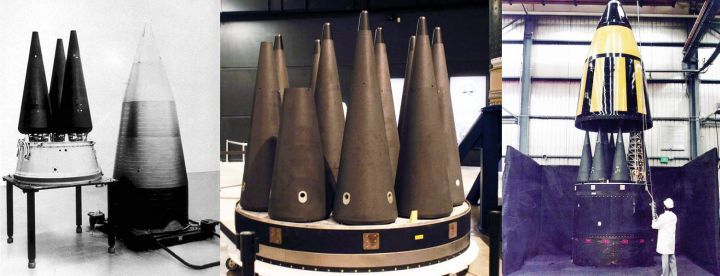
And here are samples of the sketches produced in the four sessions, compared to these similar MIRV warheads (remember, these sketches were produced under fully blind conditions; the only information the remote viewer came from his own mental perceptions obtained through the remote viewing process).
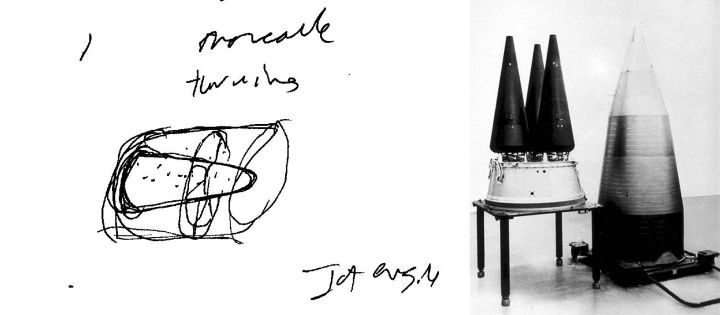
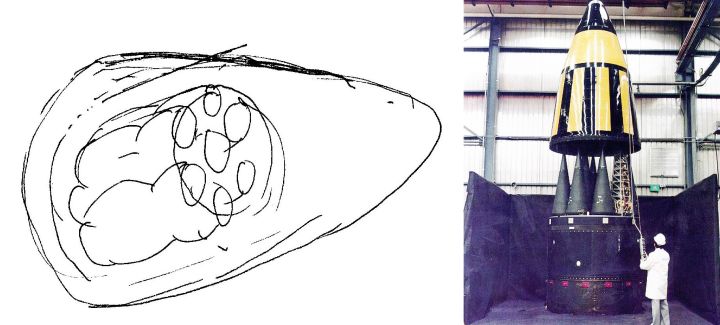
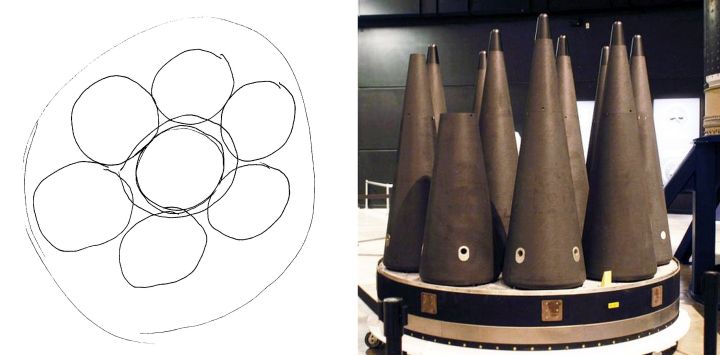
In two of the four sessions done for this project, the viewer stated that the target reminded him of a “MIRV warhead,” as shown in one instance below:
